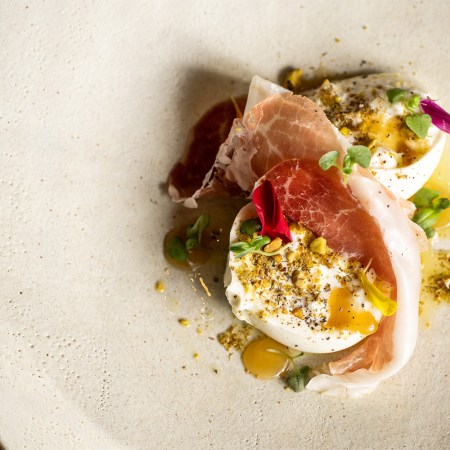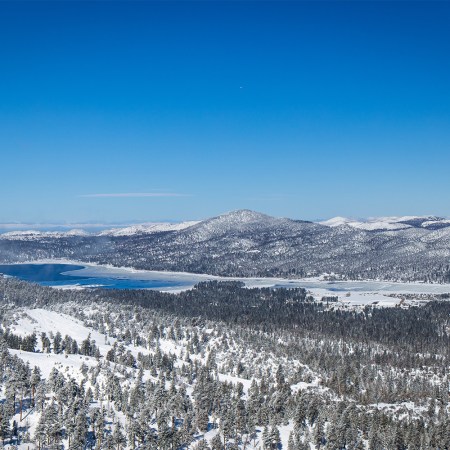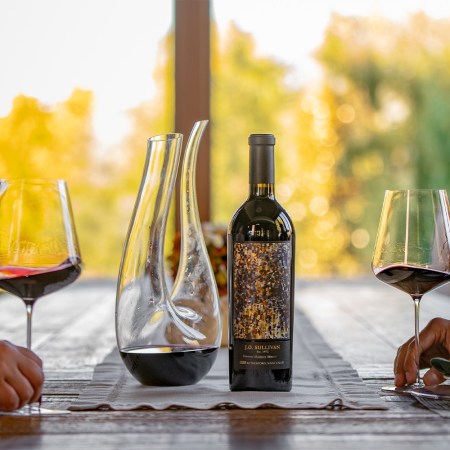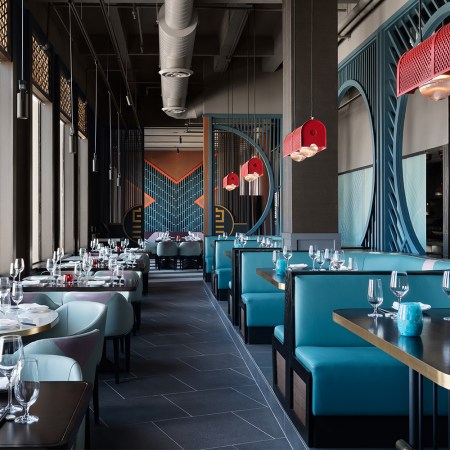Winemaker Hélène Seillan has spent her life divided between two of the world’s greatest wine regions: Bordeaux and Sonoma. It was her father, Pierre, who left his native Gascony to head up the Vérité vineyards for Jackson Family Wines in the 1990s, bringing nine-year-old Hélène with him.
Today, Hélène works side-by-side with her father as Vérité’s assistant winemaker, while back in Bordeaux, her brother Nicolas is at the helm of the family’s Château Lassègue. But though both her life and her life’s work are solidly rooted in Northern California, Hélène’s heart – and palate – remain divided. After all, while Hélène spent her formative school years in California, summers were always spent in France.
“Right after I graduated,” she recalls, “I started working in Bordeaux. For the next ten years, I would work at both estates. Sometimes I’d do two harvests back-to-back.”
Her hard-working nature has certainly borne fruit. Vérité wines’ scores regularly hover in the upper 90s in the Robert Parker wine guide, with Parker even declaring the 2013 vintage “amazingly like a great vintage of Pétrus.”
Since she works with the same Bordelais varietals in both countries, Hélène has been able to glean, perhaps more than most, a keen understanding of the importance of terroir.
“The year 2013, for instance, was a horrible, difficult vintage in Bordeaux,” she recalls, “but one of our best vintages here in California. To do that for about ten years, to see the extremes and to adapt to all these things … that was the best school, really.”
It’s become even truer with the ever-more-perceptible effects of climate change, though she notes that in Sonoma, she is lucky to be far closer to the Pacific than some others in the area.
“My dad had the choice,” she says, noting that the Jackson family initially invited the world-class Bordelais winemaker to choose his plot: Sonoma or Napa.
“He insisted,” Hélène says. “He said, ‘I want to be in Sonoma.’ Even though 25 years ago, nobody talked about it. It was always in the shadow of Napa.”
These days, Hélène’s days are divided, not by geography, but by her dual roles: With the birth of her son Mathis in 2016, Hélène gained the additional title of maman. Her day begins at 7 am, when she and her partner Fabian, who makes the estate’s whites, begin work – long before young Mathis is awaited at kindergarten.
The family love of food is omnipresent, featuring heavily, notably, in Hélène’s love story. After all, Fabian won her dad over by preparing his famous choucroute.
“My dad already loved him,” Hélène recalls. “But the day he cooked that meal, that’s when my dad was like, ‘Okay, cherry on top of the cake.’”
Pierre loved the dish so much, in fact, that he demanded Fabian make it for that year’s traditional harvest dinner: enough to feed cellar employees, harvesters, and office workers – 30 people, all told.
“That was a really great memory,” recalls Hélène. “Just him and I going with like two carts each to buy cartloads of sausages.”
With their wines, she says, she loves a roasted leg of lamb with nutmeg or stew made from game meat like wild boar or hare. With Fabian’s Sauvignon Blanc, there’s nothing better than a French goat cheese, like a Crottin de Chavignol from the Loire Valley, or even crudo made with local fish.
Mathis, she says, eats everything.
“He likes to smell wine,” she says. “We don’t make him do anything, but he’s just seeing everything. The way we live; the way we cook. The way we’re always around wine.”
Hélène muses that she, much like Mathis, truly is “the perfect mix of the two cultures.”
“I’ve really spent half my life in France, and half my life here,” she says, “and I adapt really well.”
Here’s Hélène’s view on what each country – be it native or adoptive – does best.
What California Does Better: Barbecue
“Something I love about California is that whole barbecue, outdoor dining thing. We live outside, because the weather is so nice, and even during the summer, even when it’s 40 degrees Celsius outside during the day, at 6 pm in Sonoma, the temperature drops, so it’s really nice, actually, to go sit outside. That’s the beauty of where we live. What’s great for the grapes is great for us, right? So we do a lot of grilling and barbecuing, and it’s one of the things I love best about California.”
What France Does Better: Separate Plates
“People here put everything on the same plate! That’s one of the things I don’t like here. There’s a time for everything. I really enjoy a casual barbecue, but when it’s time to do something fancier, I miss the way we do it in France. We have courses, and we don’t we don’t put the fish and the meat on the same plate.”
What California Does Better: Early Dinner
“Here on the West Coast, everybody starts the day early. Like we start really early. And that just means we eat earlier at night, too. Like dinner’s not at 8:30 or 9 like it is in France. I like that we can go to restaurants here at six. It just makes it easier. The morning is way more productive than the afternoon – or at least, for my type of work. So I really enjoy starting early.”
What France Does Better: Eternal Lunches
“When there’s a Sunday lunch in France, you start at noon. We have a course for just cheese! Here they, like, cube it up and put it as an appetizer. And it’s not just about food, it’s about the conversation, that atmosphere around the table is something that I miss here in the States. Here, we’ll be invited places for Thanksgiving. And it’s their tradition: They throw everything in the same plate. And they eat in 30 minutes, and then it’s done.”
This article was featured in the InsideHook SF newsletter. Sign up now for more from the Bay Area.






















